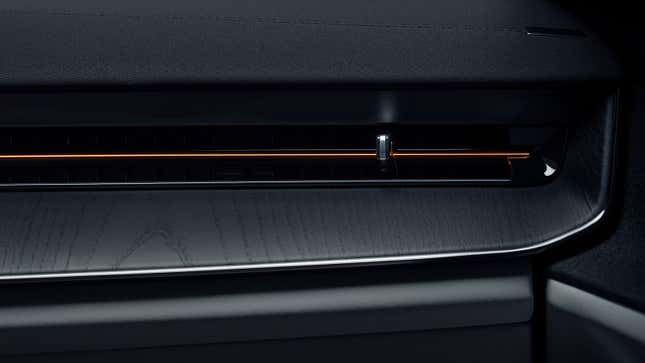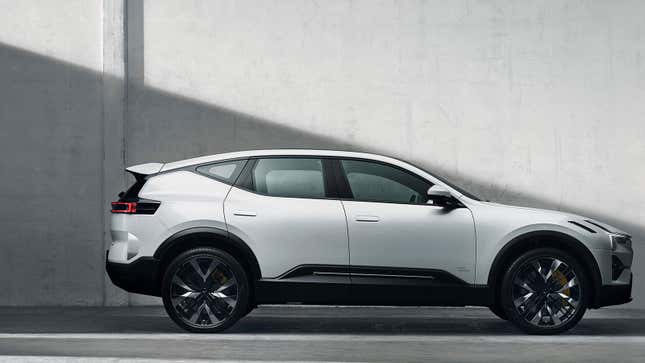The Polestar 3 is Only Going to Get More Sustainable

Swedish electric carmaker Polestar is preparing to launch its third model, the aptly named Polestar 3, the brand’s first SUV and its biggest model to date. In spite of its larger presence, the new car comes with the same C02 emissions from production as the much smaller sibling, the Polestar 2. This is because the new car, built on the same platform as Volvo’s EX90 SUV, is packed with sustainably-minded tweaks in an attempt to reduce the environmental impact this near-6,000-pound SUV will have.
Cadillac Allanté | Jalopinions
In case you missed it:
“One of the pillars that Polestar stands on is sustainability,” Maximilian Missoni, the head of design for Polestar, told Jalopnik during an event in New York.
“Sustainability is used a lot as this kind of buzzword. But we have this one project that we call Polestar 0 Project, where we are working on a zero C02 emissions car from cradle-to-grate.”
All this leather is a bi-product of the meat industry. Photo: Polestar
This future model, Missoni explains, will have net-zero carbon dioxide emissions throughout its production. All this will one day be achieved by responsibly sourcing the materials and components that make each car, and by turning to renewable energy sources to run its factories.
Of course, it’s an ambitious goal and one that Polestar doesn’t expect to achieve until 2030. But, that doesn’t mean that some of the things it learns from the project are still half a decade away from reality.
“We have some really exciting materials,” says Missoni. “The vinyl, which is vegan, is bio-attributed vinyl. And that means you replace the crude oil component of vinyl plastic with pine oil from pine trees. It’s the same material, but suddenly it’s much more sustainable.”

The wood inside the Polestar 3 is responsibly sourced. Photo: Polestar
The process goes further than just some seat covers with a fancy name. The Polestar 3 also uses leather that is effectively a bi-product of the meat industry, the wood-paneling comes from certified sources and there are even materials made from reclaimed fishing nets in the new car’s doors.
But you wouldn’t know that from the inside, it’s just a lovely, light place to be. And that was an important factor for the automaker when picking the materials it used on the car. Because it’s all well and good making a car more sustainable, but if it’s just going to break easily or people don’t want it in their model, then all the effort is wasted.
“I want to have a sustainable car as much as possible,” Beatrice Simonsson, product management at Polestar, told Jalopnik. “But I also need to consider solidity and all the other attributes in my work. So it can’t be a trade off, it needs to be very good material quality wise.”

Polestar 3: getting better with age. Photo: Polestar
Additionally, the automaker is keen to point out that this is just the first generation of the new car and the brand will continue to clean up the supply chain throughout the model’s lifetime, similar to the 2’s, through its choice of suppliers, the materials it uses and the way it runs its factories.
“With the Polestar 2, we did a report after production and we found that we decreased [emissions] by like 1.9 tonnes over the model years,” Simonsson said. “We will continue to do that with this car, as well.”



